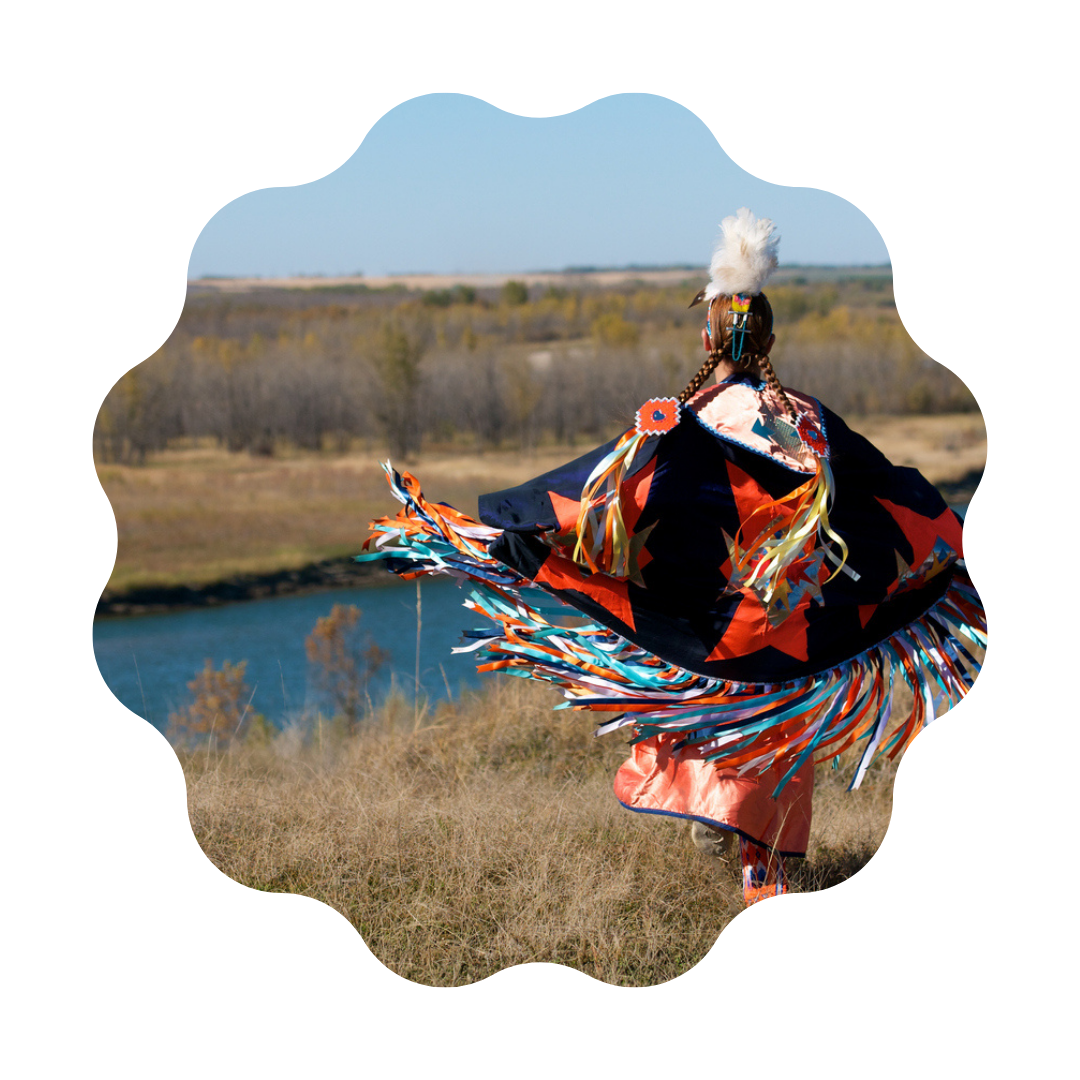EYE MOVEMENT DESENSITIZATION AND REPROCESSING (emdr)
What Is EMDR Therapy?
EMDR is a structured therapy that encourages the patient to briefly focus on the trauma memory while simultaneously experiencing bilateral stimulation (typically eye movements), which is associated with a reduction in the vividness and emotion associated with the trauma memories. Eye Movement Desensitization and Reprocessing (EMDR) therapy is an extensively researched, effective psychotherapy method proven to help people recover from trauma and PTSD symptoms. Ongoing research supports positive clinical outcomes showing EMDR therapy as a helpful treatment for disorders such as anxiety, depression, OCD, chronic pain, addictions, and other distressing life experiences.
How Is EMDR Therapy Different From Other Therapies?
EMDR therapy does not require talking in detail about the distressing issue or
completing homework between sessions. EMDR therapy, rather than focusing on changing the
emotions, thoughts, or behaviors resulting from the distressing issue, allows the brain to
resume its natural healing process.
EMDR therapy is designed to resolve unprocessed traumatic memories in the brain. For
many clients, EMDR therapy can be completed in fewer sessions than other
psychotherapies.
How Does EMDR Therapy Affect The Brain?
Our brains have a natural way to recover from traumatic memories and events. This process involves communication between the amygdala (the alarm signal for stressful events), the hippocampus (which assists with learning, including memories about safety and danger), and the prefrontal cortex (which analyzes and controls behavior and emotion). While many times traumatic experiences can be managed and resolved spontaneously, they may not be processed without help.
Stress responses are part of our natural fight, flight, or freeze instincts. When distress from a disturbing event remains, the upsetting images, thoughts, and emotions may create an overwhelming feeling of being back in that moment, or of being “frozen in time.” EMDR therapy helps the brain process these memories, and allows normal healing to resume. The experience is still remembered, but the fight, flight, or freeze response from the original event is resolved.
Who Can Benefit From EMDR Therapy

EMDR therapy helps children and adults of all ages. Therapists use EMDR therapy to address a wide range of challenges:
- Anxiety, Panic Attacks, and Phobias
- Chronic Illness and Medical Issues
- Depression and Bipolar Disorders
- Dissociative Disorders
- Eating Disorders
- Grief and Loss
- Pain
- Performance Anxiety
- Personality Disorders
- Post-Traumatic Stress Disorder (PTSD) & other Trauma and Stress-related Issues
- Sexual Assault
- Sleep Disturbance
- Substance Abuse and Addiction
- Violence and Abuse
Overview of Experiencing EMDR Theory

After the therapist and client agree that EMDR therapy is a good fit, the beginning sessions will involve discussing what the client wants to work on and improving the client’s ability to manage distress.
When ready for the next phases of EMDR therapy, the client will be asked to focus on a specific event. Attention will be given to a negative image, belief, emotion, and body feeling related to this event, and then to a positive belief that would indicate the issue was resolved.
While the client focuses on the upsetting event, the therapist will begin sets of side-to-side eye movements, sounds, or taps. The client will be guided to notice what comes to mind after each set. They may experience shifts in insight or changes in images, feelings, or beliefs regarding the event.
The client has full control to stop the therapist at any point if needed. The sets of eye movements, sounds, or taps are repeated until the event becomes less disturbing.
EMDR therapy may be used within a standard talking therapy, as an adjunctive therapy with a separate therapist, or as a treatment all by itself.
How Long Does EMDR Therapy Take?

A typical EMDR therapy session lasts from 60-90 minutes. It could take one or several sessions to process one traumatic experience.
The goal of EMDR therapy is to process completely the traumatic experiences that are causing problems and to include new ones that are needed for full health. The amount of time it will take to complete EMDR treatment for traumatic experiences will depend upon the history of the client. Complete treatment of a single EMDR trauma target involves a three-pronged protocol to alleviate the symptoms and address the complete clinical picture. The three prongs include:
- Past Memories
- Present Disturbance
- Future Actions
Although EMDR therapy may produce results more rapidly than other forms of therapy, speed is not the goal of therapy and it is important to remember that every client has different needs. For instance, one client may take weeks to establish sufficient feelings of trust (Phase 2), while another may proceed quickly through the first six phases of treatment only to reveal something even more important that needs treatment.
Reference:














